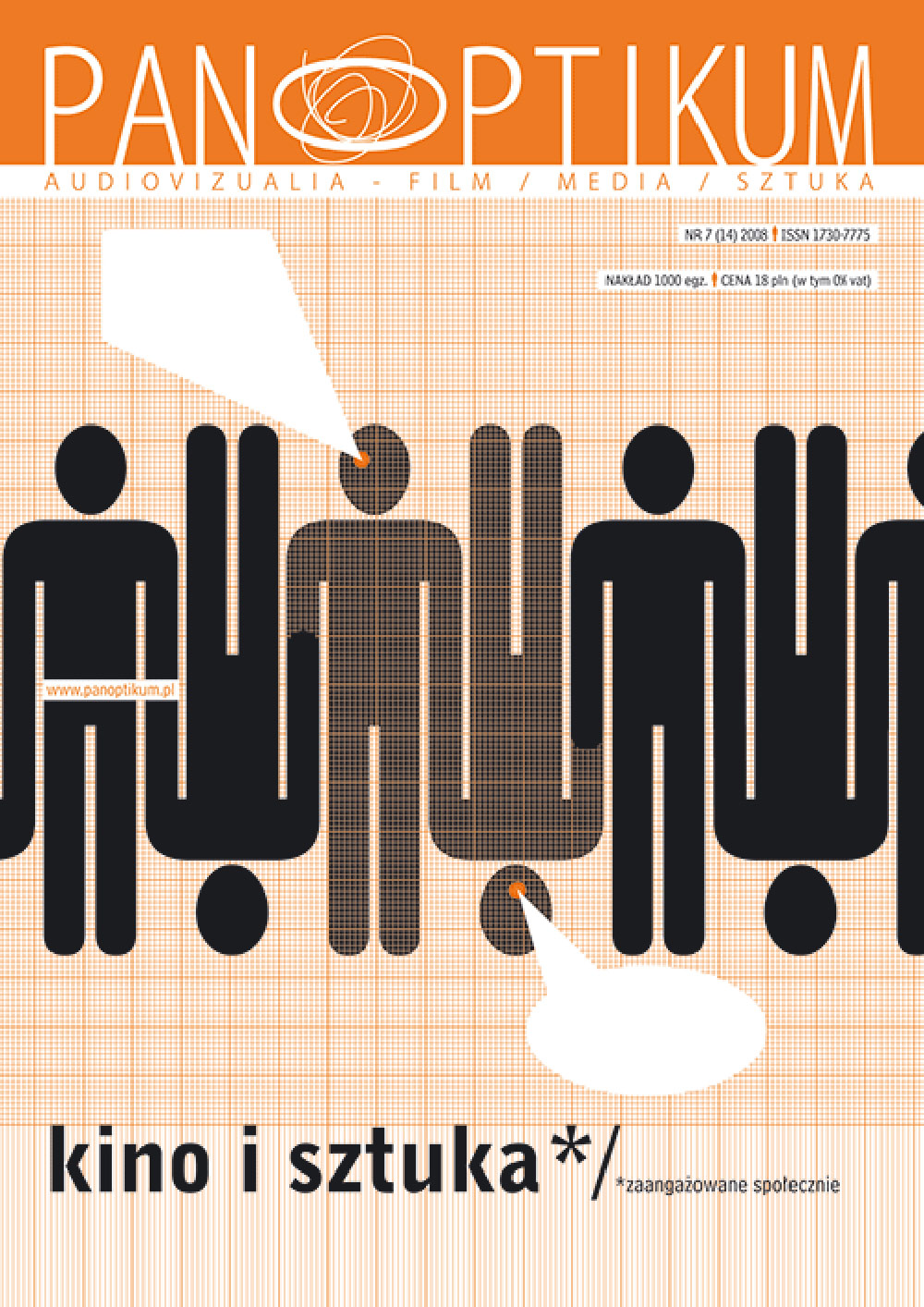
Kurator naiwny – aktywizm jako forma praktyki kuratorskiej
The article introduces the idea of activist curatorial strategy called „ naive curator”. It has been written from the perspective of newly shaped types of institutions, in the context of changes in Polish exhibition movement and increasing professionalization of institutions and curators. One such example is „galeria dla…” in Torun and curatorial practice of the author of this article. The practice is based on social work: education and attempts of balancing on the verge of exhibitions and „common life” with the receivers of art. These attempts anticipate atypical forms of communication. The operation is based upon a new form of dialogue and acceptance of mistakes, apparent failures and the category of temporary dissent from generally accepted forms of behavior – not only social, but also connected to exhibition custom. In the spirit of dialogue and tolerance, the quest for forms of communities based on “love” and common life may solve the dilemma based on opposition: unification/ alienation. The process of preparation of problem exhibition and curatorial strategies are judged as bastion for authoritarian or even absolute attitude not only towards the artist and work of art, but also gathering attention and receiver’s emotions. Among various types of curatorial attitudes: curator/star, curator/theorist, curator/artist and collective curator, the one that adheres to naive attitude is the last one. Negotiation of positions and construction of common, coherent vision thanks to the work of a group of people creates remarkably strong arguments. It makes locating works of art in exhibition’s space and contextualization towards other works of art and space far easier. The collective neutralizes „stardom”, introduces polilogue at the stage of creation and construction of the exhibition, as well as augurs well for its reception. Naive attitude is about deliberate omission of the context of theoretical shallows, modernist/avant-garde utopias of social change for the benefit of taking specific activist actions. Assuming that aesthetic and philosophical theories that describe artistic world may also be unreliable/mistaken. Are glorifiers of art’s alienation right? Or perhaps those who see art as the source of crisis and reflection? Or maybe those who are for the specific actions for the benefit of people? That we do not know yet.
More...